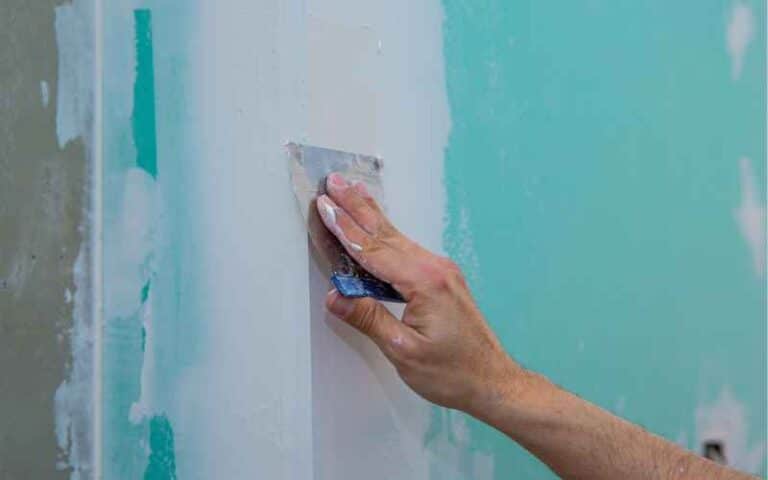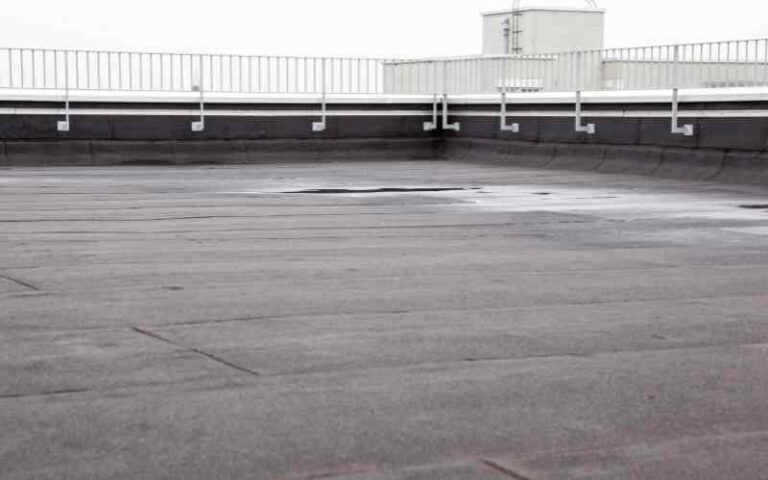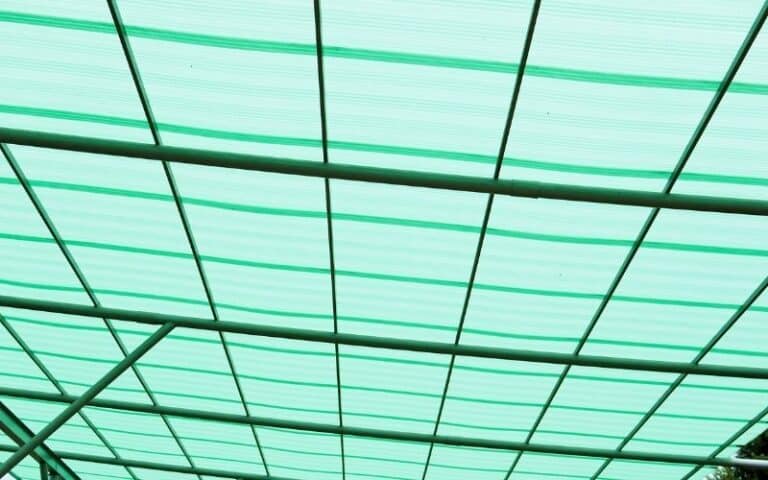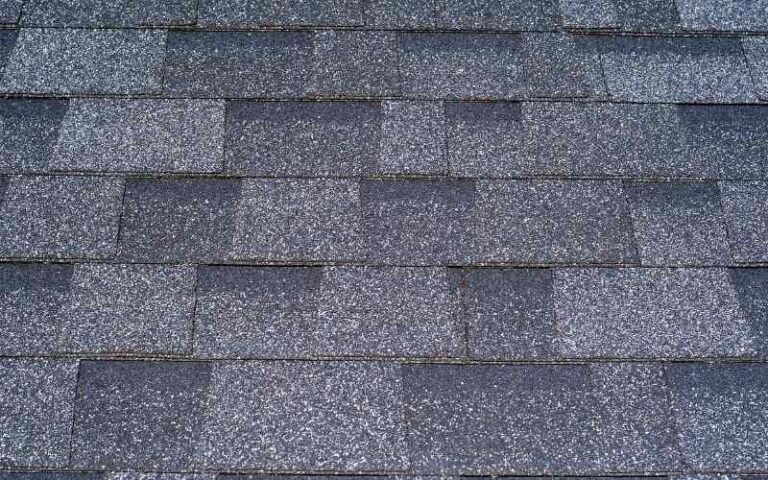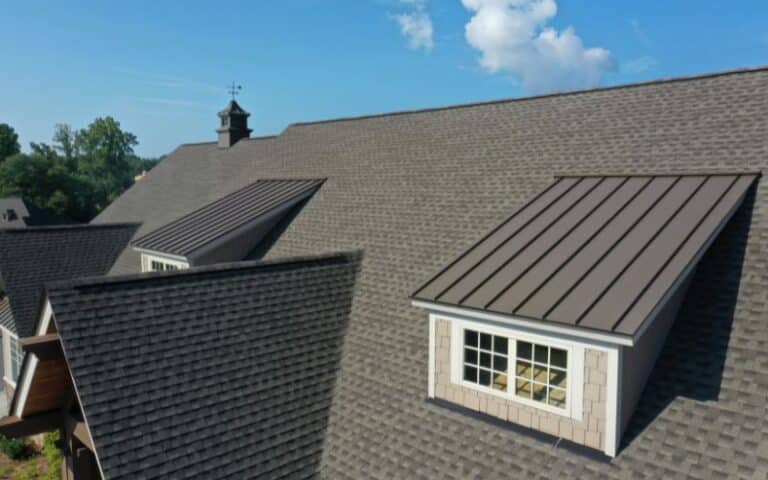A common belief is that one of the basic needs of life is shelter, which is what a house provides. But what is a home without a roof or a poor roof?
I am sure you would agree with me that such a house fails very much in providing shelter and meeting up to its requirement.
As you immerse yourself in this article’s reading, see if insurance can cover your sagging roof. Also, please note the technicalities and policies involved in getting insurance.
At the end of this article, I am sure you see better ways to protect yourself and your family from external conditions with a standard roof.
Yes, of course, homeowners insurance does cover sagging roofs. Since the insurance covers the structure of a building, it gives protection to your roof as long as your policy covers it. Insurance will only cover the cost of your roof if the damage originates from an extreme weather event that causes roof damage or from a covered peril.
Ready for a Roofing Quiz?
Does Home Insurance Cover Sagging Roof?
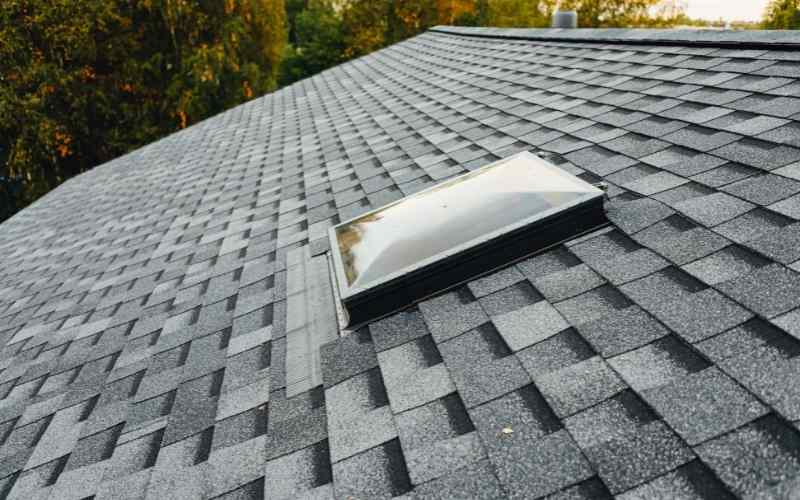
As stated earlier, homeowners insurance covers a sagging roof covered by your policy and roofs that encounter severe damage by a weather event.
Therefore, homeowners insurance can cover the cost of sagging roofs for as long as all these conditions are in play.
By referring to a covered peril or extreme weather conditions that may allow insurance to cover your sagging roof, I am talking about the following situations:
- Fire outbreak
- Severe winter storms and blizzards
- Wind storms
- Snowstorms
- Lightning strikes
- Hail storms
- Tornadoes
So if your roof is affected by any of the conditions mentioned above, your insurance will cover roof repair cost or replacement. Primarily when your homeowners’ insurance policies cover it.
In such a situation you will most likely be given enough refund for the cost of a new one.
Nevertheless, if investigations and findings prove that the damage on your roof was not a result of uncontrollable factors, then there is no insurance coverage.
And this is especially true in situations where there is discovery showing a lack of maintenance on your part.
Likewise, insurance coverage on the roof is usually limited when it has gone past 20 years of use. However, here older roofs are insured at their actual cash value.
It means that your insurance company will compensate for the roof’s value even after more than 20 years of depreciation seem to have a provision for the payout.
Note that there are limitations to what your insurance can cover, depending on how severe the roof damage is.
For example, a roof with a few scratches on it after the fall of hail may be graded by your insurance as cosmetic damage- under coverage exclusion.
An insurance coverage exclusion is a particular kind of damage that would not have coverage by your homeowners’ insurance. Also, note that two major coverage types in homeowners insurance mention what you have and don’t cover.
These two significant types are:
- Named peril policies and
- Opened peril policies.
Named peril policies mean that your insurance coverage is only limited to the 16 perils outlined in your homeowners’ insurance policy.
At the same time, the open peril policies give you coverage against all causes of damage except the exclusions outlined in your policy.
Does Insurance Cover Sagging Roof From Snow?
The answer can be a yes or a no to the question above. And this is because even when it comes to snow, for your insurance to cover the sagging roof, the issue regarding insurance type comes into play.
So, let us consider what role each type of insurance plays when there is a sagging roof to cover resulting from snow.
Please follow along as we will be considering how the open peril and named peril insurance come into play when snow causes the house’s roof to sag. In the open peril insurance, we shall be discussing three situations.
The following are the way insurance cover sagging roofs from snow:
Snow Damage on Roof Covered by ‘Open Peril’ Insurance
As earlier stated, the open peril insurance often covers three different situations, which include the following;
#1. Situation 1:
This is a condition where the snow melts down, and then you begin to experience water leaks from the roof of your house. Although this is very common, you still need to play your role towards being insured.
You need to add the ‘Above Ground Water’ endorsement to your insurance policy regarding water damage.
#2. Situation 2:
This is when the weight of snow on the roof causes the roof to sag. Here there is no stress if you have open peril insurance. Here your insurance will handle the entire costs involved in repair or replacement.
#3. Situation 3:
You see this sight when the snow causes the roof to fall on you or someone else, resulting in injury or property damage. But this calls for the need for third-party liability insurance to protect against any lawsuit that may arise.
These three situations or scenarios offer the opportunity to get insurance if one has a comprehensive or open peril insurance policy.
Snow Damage on Roof Covered by ‘Named Peril’ Insurance
In a situation where you have a named peril insurance policy, you may see coverage against every other thing except the weight of snow on the roof. And this is where you have to take advantage of other loopholes.
Check to see if you have insurance for the ‘Water Damage- Above Ground Water’ endorsement regarding water infiltration. Also, a third-party liability may kick in in terms of property damage and injury.
Often, your insurance company might deny you the insurance based on your roof’s age if it is old enough for a replacement. They might even pay a depreciated amount of the roof.
The best you could do is ensure that the roof is well maintained and keep the evidence or proof of the maintenance.
Remember that even though homeowners’ insurance covers most of the costs, you must pay a deductible. So take preventive measures that will give your roof and home protection.
And this includes proper arctic insulation and cleaning gutters against ice dam formation.
To avoid any surprise, carefully read and go through the homeowners’ insurance policy to fully understand what it stands for.
That way, you would know which coverage option best serves you and whether or not you can get additional coverage eligible that you qualify to access.
What Kind of Roof Damage is Covered by Insurance?
As already stated in the first subheading above, it must go through damage from an extreme weather event. These events are snowstorms, wind storms, lightning strikes, and even tornadoes.
Homeowners’ insurance policies also cover roof damages by fallen tree limbs due to wind action.
Note that a total replacement of your roof depends on the degree of damage discovered after the insurance adjuster carries out the inspection.
Conclusion
Insurance does cover the sagging of your roof, primarily when the damage originates from an extreme weather condition or a covered peril.
Insurance also covers sagging by snow under the two insurance options, which are the named and open peril insurance. Finally, insurance brings excellent benefits when you put effort into proper maintenance.

